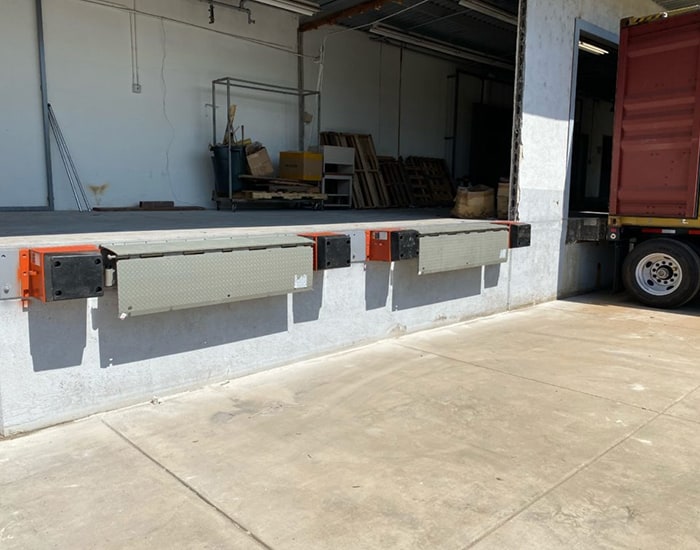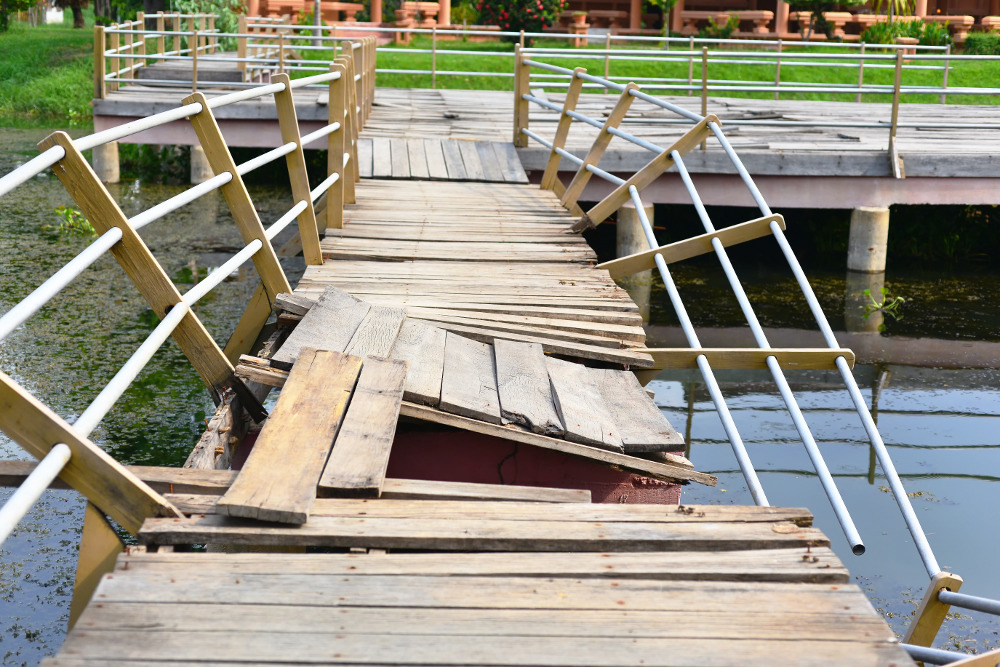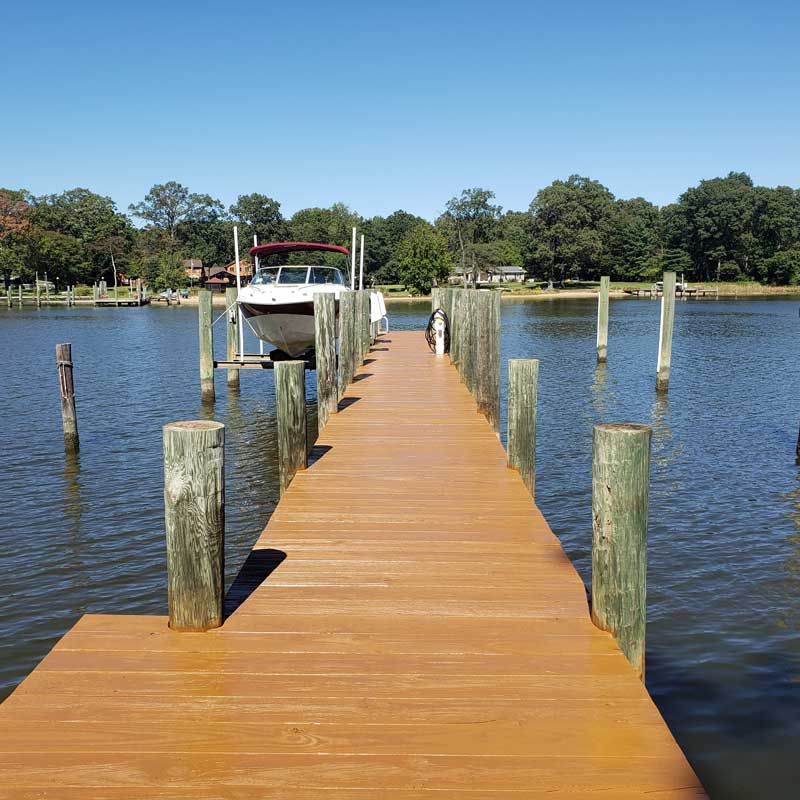DIY Tips for Simple Dock Repairs You Can Handle
DIY Tips for Simple Dock Repairs You Can Handle
Blog Article
Reliable Dock Repair Work Techniques: Guaranteeing Architectural Honesty
Guaranteeing the structural integrity of docks through efficient repair methods is extremely important for the durability and safety and security of marine centers. This entails a multi-faceted approach starting with extensive evaluations utilizing innovative innovations like sonar equipment and from another location operated vehicles (ROVs) to detect both visible and concealed problems. Ultimately, selecting the best fixing materials, such as composite products and corrosion-resistant alloys, is critical for sturdiness. Architectural reinforcement approaches, including the implementation of cross-bracing systems and load-distribution plates, play a vital function in mitigating tension points. Nevertheless, the importance of these methods comes to be apparent when checking out advanced repair service approaches and preventative maintenance methods.
Examining Dock Damage
Examining dock damage is an essential primary step in making certain the architectural integrity and safety and security of any kind of docking center. This first examination involves a thorough examination to identify both concealed and visible problems. Key aspects to analyze include the dock's foundation, pilings, outdoor decking, and hardware. Each part has to be looked at for indicators of wear, rot, deterioration, or various other forms of deterioration that can jeopardize the structural honesty.
Structural engineers or certified examiners normally execute these evaluations using specialized devices and techniques. For example, underwater evaluations could employ sonar devices or remotely operated lorries (ROVs) to spot submerged damages. Over water, visual evaluations are enhanced by utilizing dampness meters and various other diagnostic devices to uncover underlying problems not quickly visible to the naked eye.

Finding Fixing Materials
Selecting the suitable repair work products is a pivotal action in the dock remediation process, one that directly influences the longevity and performance of the repaired structure. Product option have to be driven by factors such as ecological problems, load-bearing needs, and compatibility with existing dock parts. Timber is a typical selection for anchors due to its natural resilience and aesthetic appeal. However, selecting the appropriate sort of timber, such as pressure-treated lumber or naturally rot-resistant types like cedar or teak, is crucial to endure aquatic environments.
In enhancement to wood, composite products are significantly preferred because of their resilience and low maintenance requirements. Compounds, typically made from a blend of plastic and timber fibers, supply outstanding resistance to rot, insects, and UV damage. For metal anchors, choosing corrosion-resistant alloys such as galvanized steel or marine-grade aluminum is vital to prevent corrosion and make sure structural integrity in saline water problems.
Epoxy materials and marine-grade sealants are essential for repairing fractures and securing joints, providing a water-proof obstacle and improving the dock's total toughness. By thoroughly selecting high-grade products, dock repairs can accomplish durable results, consequently guarding versus future degradation and guaranteeing risk-free, trustworthy usage.
Architectural Support Strategies
Reliable architectural reinforcement methods are critical in guaranteeing the security and longevity of dock repair services. This approach is especially effective for anchors subjected to heavy lots or severe environmental problems.
One more necessary method is the application of fiber-reinforced polymers (FRP) These products offer high strength-to-weight ratios and exceptional resistance to deterioration, making them optimal for reinforcing concrete or wood docks. FRP can be applied in strips or sheets and bonded with epoxy resins to improve architectural integrity.
Bracing and securing systems also play an important duty in structural support. Cross-bracing, using steel or wood beam of lights, can neutralize lateral pressures, lowering swaying and motion. Securing systems, such as helical piers or driven heaps, provide a secure structure by moving lots to much deeper, more stable soil layers.
Lastly, the assimilation of load-distribution plates can help distribute weight much more evenly throughout the dock's surface, reducing local stress and anxiety points. These strategies jointly guarantee that docks stay risk-free and robust, with the ability of holding up against the rigors of their operational atmosphere.
Advanced Repair Service Approaches

One more sophisticated method includes underwater welding, which enables for repair services to be performed without the demand to dewater the location. This technique is specifically advantageous for attending to architectural problems in immersed dock elements, guaranteeing very little disturbance to procedures. Boosted welding methods, coupled with robotic systems, provide accuracy and dependability, thereby prolonging the life-span of the dock.
In addition, cathodic protection systems are implemented to avoid rust in metallic dock frameworks. By using sacrificial anodes or satisfied existing systems, these techniques properly alleviate the electrochemical processes that bring about product wear and tear.
Finally, progressed monitoring innovations, such as structural wellness surveillance (SHM) systems, offer real-time information on the condition of dock frameworks. These systems enable positive upkeep and prompt treatments, inevitably making certain the long-term architectural honesty of the dock.
Maintenance and Avoidance
Maintenance and avoidance are basic principles that underpin the longevity and security of dock frameworks. Routine inspections are paramount, enabling very early discovery of deterioration, possible weaknesses, and environmental effects. A proactive method, entailing routine look for rust, rot, and architectural changes, reduces pricey fixings and lengthens the dock's functional life.
Safety nets must include applying safety coverings to basics metal elements to safeguard against rust and utilizing treated timber to resist decay. Additionally, guaranteeing proper drainage and air flow can prevent water accumulation, which is an usual root cause of structural deterioration. Incorporating quality materials and sticking to supplier standards throughout construction and repair phases likewise play vital duties in boosting durability.

Training employees in dock upkeep finest practices makes certain regular application of safety nets. Leveraging technical breakthroughs, such as drones for assessments and sensors for real-time surveillance, can additionally improve maintenance initiatives. By prioritizing upkeep and prevention, dock owners can ensure architectural honesty, operational safety and security, and cost-efficient monitoring over the dock's life expectancy.
Conclusion
In final thought, keeping the architectural integrity of aquatic facilities requires thorough dock repair service methods. Extensive assessments using advanced devices reveal both noticeable and hid damages, while the option of ideal repair work materials boosts sturdiness. Carrying out structural support approaches addresses stress factors properly. Advanced repair methods, combined with regular upkeep techniques, ensure the dock remains risk-free and operational under diverse ecological conditions. Embracing these strategies significantly prolongs the lifespan and functionality of aquatic infrastructure.
Making sure the architectural honesty of anchors via effective repair work strategies is critical for the long life and security of aquatic centers.Selecting the suitable repair service products is a critical action in the dock restoration procedure, one that straight influences the longevity and performance of the fixed framework.Reliable structural reinforcement methods are important in making certain the security and long life of dock repair work. By focusing on maintenance and avoidance, dock proprietors can ensure architectural integrity, operational safety and security, and economical read more administration over the dock's life-span.
In verdict, keeping Website the architectural stability of marine centers necessitates detailed dock repair service strategies.
Report this page